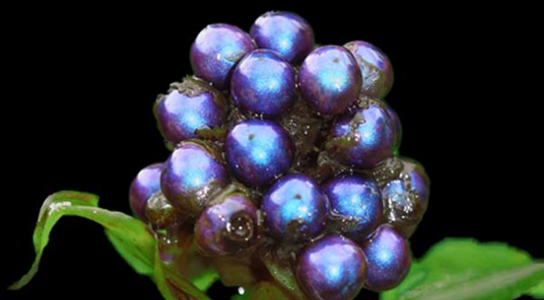
Pollia condensata, sometimes called the marble berry, is predominantly found in Africa.
The fruits of Pollia condensata, which are found predominantly in Africa, have an iridescent hue that stays intense for years after the parent plant has perished. The fruit’s metallic blue hue is produced by specialized structures in its cells.
Researchers at the University of Cambridge, UK, found that the cells of P. condensata had walls that were made of tightly coiled cellulose strands that are very efficient at reflecting light. The slight spacing between the strands in each cell reflects light of different wavelengths, creating an iridescent blue color. The scientists published their findings in the journal Proceedings of the National Academy of Sciences.
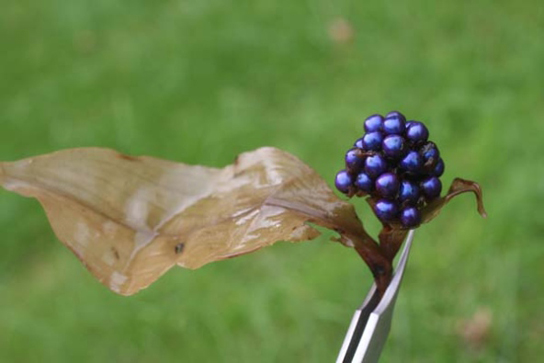
Optically, the fruit is quite impressive. There are no other examples of this in nature, but there are other examples of structural color in animals like peacock feathers, beetle carapaces, as well as some of the wings of butterflies. However, all of these use different structures and materials to achieve the effect. This is the first demonstration of structural color in a fruit.
The fruit has no nutritional value since it contains only seeds and no pulp. The glittering effect might be to attract birds to disperse their seeds. The plant, therefore, doesn’t waste any energy by producing nectar, which is the most common way of doing this.
Century-old specimens of the fruits maintain their iridescence, since there is no pulp to rot and no pigments that could fade. If synthesized, such colorants could be used to produce non-toxic pearlescent effects, for use in anti-counterfeiting and anti-forgery applications.
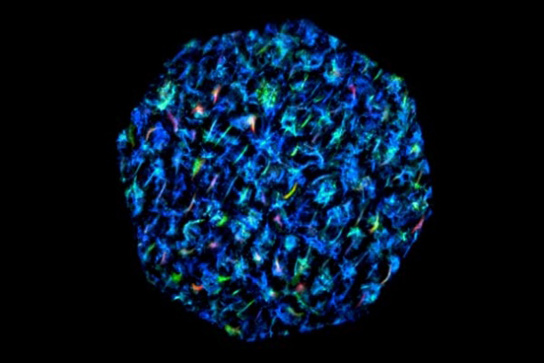
The fruits reflect more polarized light than any other known biological substance.
Reference: “Pointillist structural color in Pollia fruit” by Silvia Vignolini, Paula J. Rudall, Alice V. Rowland, Alison Reed, Edwige Moyroud, Robert B. Faden, Jeremy J. Baumberg, Beverley J. Glover and Ullrich Steiner, 10 September 2012, Proceedings of the National Academy of Sciences.
DOI: 10.1073/pnas.1210105109



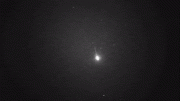



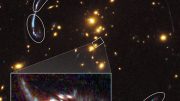

Be the first to comment on "African Fruit Gets Iridescent Hue From Cell Structure, Stays Intense for Years"